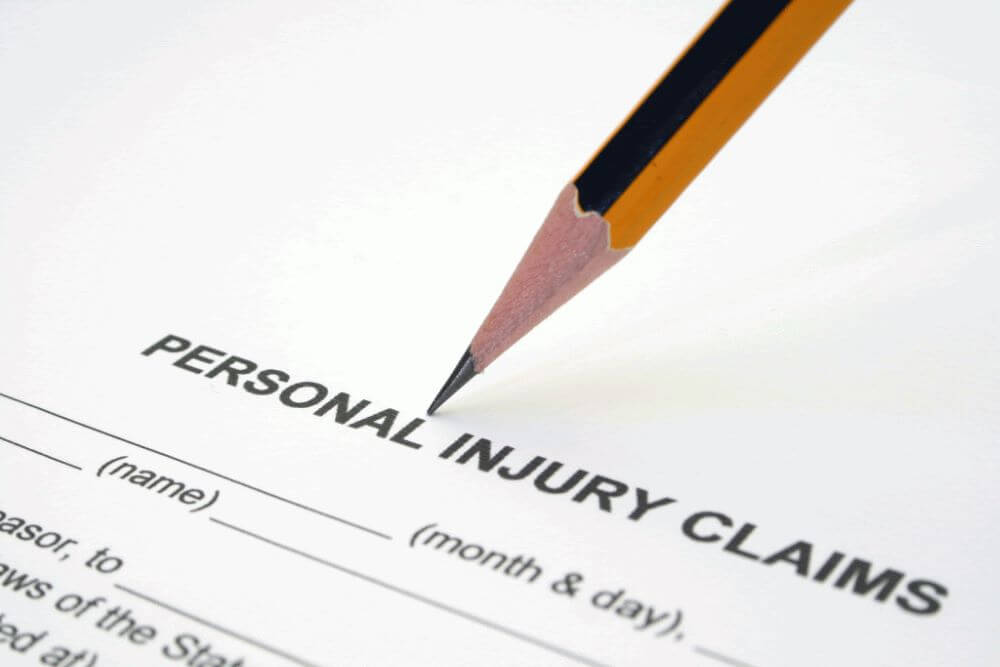If you have been injured in an accident and you are thinking about filing a personal injury claim, you need to understand that the laws in your state matter a lot. Specifically, your state’s negligence laws can affect how much compensation you get or if you can recover anything.
For example, someone in Alabama might not be able to recover even a dollar, while a person in California may recover some damages for the same accident. If you have a personal injury claim, the knowledgeable attorneys at Greenslade Cronk, LLP, can help you understand what laws apply to your case according to your state.
Different States, Different Rules
Negligence laws assist in determining who was at fault in an accident. There are three main types of negligence laws used across the U.S. These are
Pure Comparative Negligence
In states like California and Florida, you can recover damages even if you were at fault, provided you are not 100% at fault. Even if the percentage of fault is significant, let’s say 90%, you can still recover a portion of the damage.
As the injured party, your compensation amount is reduced by the percentage of assigned fault. For example, after an accident, if the plaintiff is found to be 30% at fault, the compensation they are entitled to will be reduced by 30%.
Modified Comparative Negligence
Modified comparative negligence allows an injured party to recover damages in personal injury cases, provided their fault does not exceed the set threshold. This is mostly set at 50%. Therefore, if a person is found to be 50% or 51% or higher, they cannot recover any damages.
Examples of states that use modified comparative negligence using the 50% rule (that is, no recovery if you are 50% or more at fault) are Arkansas, Colorado, Idaho, and Kansas. On the other hand, states that use 51% modified comparative negligence law are Iowa, Massachusetts, Montana, and New Jersey.
Contributory Negligence
A handful of states, such as Alabama, North Carolina, Maryland, the District of Columbia, and Virginia, use this very strict rule. In contributory negligence, you cannot recover damages even if you are found to be 1% at fault. This rule is harsh, as the plaintiff is required to be fault-free to get compensation.
How Does Fault Affect Your Case?
Let’s say you are in a car accident and you receive $100,000 in damages. If you are found to be 25% at fault and you live in a pure comparative negligence state, you could still get $75,000. But if you are in a modified comparative negligence state and you are 55% at fault, you could get nothing.
This is why determining fault is the foundation of any personal injury claim. The more blame is placed on you, the less money you get, or you risk walking away with nothing at all.
Why Does Legal Help Matter?
Let’s face it, proving who was at fault isn’t easy. Additionally, insurance companies will do everything in their power to reduce blame as much as possible. That is why it is important to have strong evidence such as photos, police reports, witness statements, and medical records.
An experienced personal injury lawyer can help you collect this information and build a strong case on your behalf. Lawyers also understand the specific rules in your state and can use them to your advantage. When negotiating with insurance or presenting your case in court, having someone who knows the law can make a big difference.
Conclusion
Where you live plays a big role in the handling and outcome of your personal injury claim. State negligence laws can either help you get the compensation you deserve or stop your claim entirely. If you want to protect your rights, it is best to talk to a local attorney who understands how your state’s rules work.




